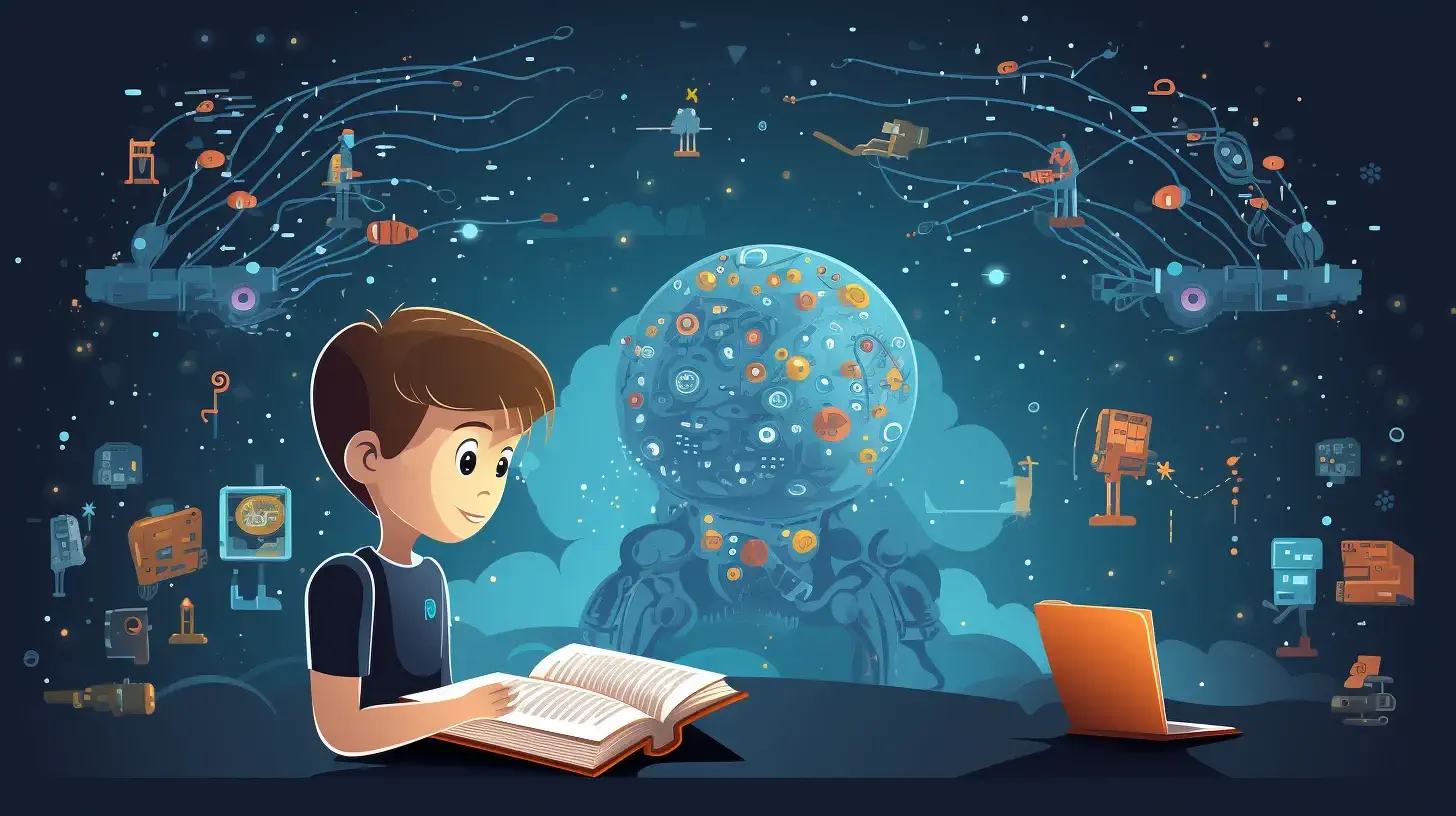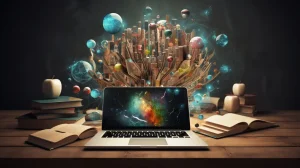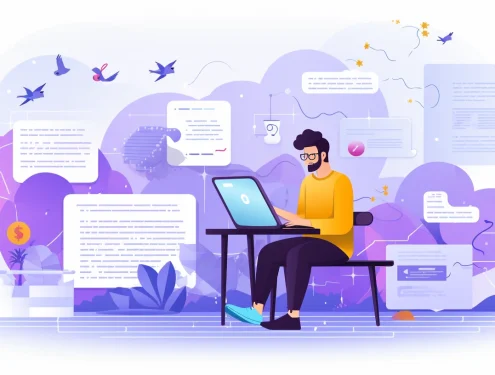
AI in Education: Will Teachers Disappear? AI in education has a huge potential to transform the system
AI in education has a huge potential to transform the system. AI tools can help students learn more efficiently and individually, and ensure access to quality education for all.
Here are some of the ways AI tools can help students learn:
Creation of individualized curricula: AI tools can be used to create customized curricula that meet the needs and pace of each student. This can help students achieve their learning goals more efficiently and effortlessly.
Providing adaptive support: AI tools can provide adaptive support to students who struggle with certain topics or assignments. This can help students overcome difficulties and succeed.
Providing access to a variety of resources: AI tools can be used to provide access to a variety of resources, such as videos, learning materials, and interactive exercises. This can help students better understand the material and deepen their knowledge.
Creating a safe and supportive environment: AI tools can be used to create a safe and supportive learning environment. This can help students feel more comfortable and confident in their abilities.
Here are some concrete examples of how AI tools are already being used in education:
Adaptive learning systems: These systems use AI to adapt learning material to the needs of each student. So they can be used to provide additional explanations, exercises, or resources to students who need extra support.
Personal Teaching Assistants: These tools use AI to help teachers plan lessons, assess students, and provide support to students.
Video games for learning: These games use AI to create engaging and interactive learning experiences. So they can help students learn new concepts and apply them to the real world.

How are AI tools used in universities now?
Harvard University uses AI to develop CS50, which is one of the most popular computer science courses in the world. The course uses a chatbot to help students with coding and provide them with personalized support.
The Massachusetts Institute of Technology uses AI to create virtual laboratories that allow students to conduct real-time experiments from the comfort of their homes. These labs use AI to simulate the real world and provide students with feedback on their results.
Stanford University uses AI to develop a machine learning course that is one of the most challenging courses in the world. The course uses AI to provide students with adaptive support and help them understand complex concepts.
AI tools are still in the early stages of development, but they have the potential to change education for the better. So here are some of the challenges that need to be overcome for AI tools to reach their full potential:
Provision equity: AI in education must be accessible to everyone, regardless of their social status, race, gender, or other factors.
Ensuring security: AI tools should be designed to protect students’ privacy and security.
Securing reliability: AI tools need to be accurate and reliable so that students can trust them.
So AI in education has the potential to change it at all. As AI technology continues to evolve, we are likely to see even more ways it can be used to improve education.





